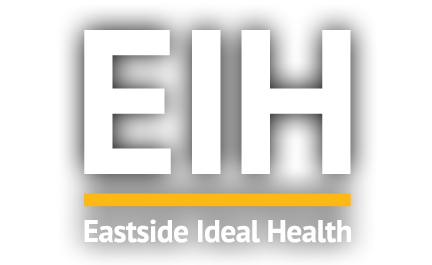Golf is a popular and challenging sport that requires a great deal of physical exertion and focus. However, along with the joy and satisfaction that comes from playing golf, many golfers also experience pain and discomfort. Whether it’s due to a preexisting condition or simply the wear and tear that comes with repetitive motions, pain management is an important aspect of being able to enjoy the game. In this article, we will discuss some effective pain management tips for golfers.
1. Warm-Up and Stretching
Before starting your golf game, it is essential to warm up your muscles and stretch properly. This prepares your body for the physical demands of the sport, improves blood circulation, and helps prevent injuries. Spend a few minutes doing dynamic stretches for your shoulders, hips, back, and wrists. Additionally, incorporate some light exercises such as jogging, jumping jacks, or cycling to elevate your heart rate and loosen up your muscles.
2. Maintain Proper Technique
One of the leading causes of pain in golfers is poor technique. When swinging the club incorrectly, excessive stress is placed on certain body parts, leading to pain and discomfort. To alleviate this, focus on proper posture, grip, and swing mechanics. Consider taking lessons from a golf professional who can help you refine your technique and prevent unnecessary strain on your body.
3. Use Proper Equipment
Having the right golf equipment can make a significant difference in managing pain. Ensure that your clubs are fitted properly to your height and swing characteristics. Ill-fitted clubs can lead to poor swing mechanics and increase the risk of injury. Additionally, investing in golf shoes with good arch support and cushioning can help alleviate foot and lower leg pain. Use golf gloves that provide a secure grip and reduce the risk of developing blisters.
4. Take Regular Breaks
Golf is a physically demanding sport that requires repetitive motions and can put strain on various parts of the body. It’s crucial to listen to your body and take regular breaks during your round. This allows your muscles and joints to rest and recover, reducing the risk of overuse injuries. Take advantage of golf cart rides between holes or use a push/pull cart to minimize the stress on your body.
5. Incorporate Strength and Conditioning Exercises
Improving your overall strength and flexibility through specific exercises can have a positive impact on your golf game and pain management. Engage in strength training exercises that focus on your core, legs, and upper body. This will help improve your stability, power, and endurance on the course. Additionally, incorporating exercises that improve flexibility, such as yoga or Pilates, can enhance your range of motion and reduce muscle imbalances.
6. Manage Pain with Proper Nutrition
Proper nutrition plays a vital role in managing pain and aiding in injury prevention. Make sure you consume a balanced diet that includes anti-inflammatory foods such as fruits, vegetables, whole grains, and healthy fats. These foods contain antioxidants and omega-3 fatty acids that can help reduce inflammation in the body. Stay hydrated throughout your game by drinking plenty of water to prevent muscle cramps and maintain optimal joint function.
7. Consult with a Healthcare Professional
If you are experiencing persistent or severe pain while playing golf, it is important to consult with a healthcare professional such as a sports medicine physician, orthopedic specialist, or physical therapist. They can assess your condition, provide a proper diagnosis, and develop a personalized treatment plan. They may recommend specific exercises, physical therapy, or other interventions to manage your pain and improve your golf performance.
Eastside Ideal Health is dedicated to helping individuals manage their pain and improve their overall health and wellness. Their team of experts specializes in providing evidence-based treatments for pain management, including therapeutic exercises, manual therapy techniques, and lifestyle modifications.
In conclusion, managing pain is essential for golfers to continue enjoying the game and perform at their best. By implementing these pain management tips, warm-up exercises, maintaining proper technique, using the right equipment, taking breaks, incorporating strength and conditioning exercises, following a proper nutrition plan, and seeking professional advice when needed, golfers can minimize pain and maximize their performance on the course. Remember, taking care of your body is crucial to maintain a healthy and rewarding golfing experience!

